Behind seven hills, in the deepest inland of Istra, half way between Pazin and Buzet suddenly emerges - Draguć. Situated in the middle of nowhere, squeezed on the ridge of a hill, it simply allures you with its harmonious ancient perspective. Due to the fact that many movies have been filmed here and numerous film stars have walked its streets Draguć has been for long babbled the name of – Istrian Hollywood. Still, Draguć is not just a coulisse. The supreme vivid frescoes in the adorned churches along with their sacred treasure are the target of the curious tourists, while the cosy accommodation gives You the opportunity to have the main role in this silence-prevailing surrounding. Quiet– action!
THROUGH HISTORY
Draguć as we know it today was formed around the homonymous medieval castle, which is nowadays almost completely incorporated in the architectural structure of the later periods. Mentioned in 1102 as deed of conveyance by the Istrian Margrave Ulrich to the Aquileia Patriarchs, later as part of the future Pazin County it belonged to the Counts of Gorica and finally to the Habsburgs. The town was attacked while the settlement surrounding the Castle was burnt and destroyed by both Ottomans and Venetians, and when it eventually came under the reign of Venice, – Uskoks and Austrians did the same. What wars had begun the plague continued on more occasions and in 1855 cholera put the end to it having decimated the population. That the town survived is a pure miracle just as it is the fact that so much has been preserved up to the present times.
STROLLING THE TOWN
St.Elisha on the graveyard is the oldest church in the settlement. It was built of stones of different colours deliberately arranged in decorative layers, which is the unique case in Istra, indicating ancient times and a Byzantine influence the same as does the saint to whom the church is consecrated. Its interior is decorated with Romanesque wall paintings from the end of the 13th century, the work of an unknown master. Such as the vast majority of painted little churches in Istra this one also had to conform to the decisions of the Church Council in the 16th century, so the walls were smeared with a layer of white paint and the frescoes were covered. Revealed in 1947 they were restored from1986 till 1988. During the restoration works another, even more ancient, layer of pictures was discovered with the Altar stand actually being a Roman monument.

Church of the Holy Rosary or Our Lady of Rosary was built in1641 on the spot where an older church had stood. Today it is the place which keeps a whole little collection of works of art, made up of altarpieces and five well preserved wooden altars once used in the churches of Draguć. The main street is dominated by Baroque and Classicist buildings among which there is the house of the Captain of Draguć as well as the birth house of Josip Šestan (1892 - 1966), a notable teacher and vice president of the first Parliament of the Independent Republic of Croatia.

The main street ends in a spacious square dominated by the bell tower of the parish church, built in 1844. The harmony of 19th century facades is complemented by the huge Mediterranean hackberry trees with an old stone table under them, a symbol of the former city government, and an interesting fountain dating back to 1888. In the south-western part of the square, extends a breath-taking panoramic view over Grimalda and Butoniga Lake, whilst the impression is highlighted by a Renaissance tower, today a favourite view point, built by Venetian provveditore Francesco Basadonna in the 15th century. The Basadonna’s coat of arms was installed on the wall beside the steps, and below it is a dedication by which the Draguć municipality perpetuated its gratitude to the builder of the defence walls. On the right of the steps is an embossed relief of St. Mark’s lion, the symbol of Venice.
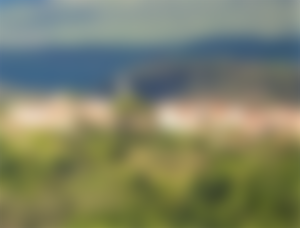
Church of St. Cross origins from the 15th century, which was additionally repeatedly reinforced. You can notice that with one of its angles it leans on the grounds of one of the ruined towers of the former castle. The setup of the church dates back mainly to the 19th century with the worth attention altarpiece painted by Venerio Trevisan (1797 – 1871) a painter from Vodnjan who was active in Istra during the middle of the 19th century. In the building facing the church entrance Antonio Grossich (1849-1926) was born. He was a notable surgeon, scientist, and politician, the author of around twenty works related to his profession, being the first person to use iodine tincture in the process of sterilization. After a successful medical career he got completely devoted to politics being in high position functions in the Free Republic of Rijeka after world war I, and was honoured the title of Italian senator due to his merits regarding the ‘’Italian thing’’. The remains of the former castle are visible here as well. Today one part of the walls is hidden by a house façade but, if you turn around, you will spot a high stonewall with arched door and near the very top of the wall you can see the former parapets which are now also covered.
Church of St. Roch was built at the beginning of the 16th century. Once the old entrance into Draguć was here where the church, says the belief of the time, actually protected the settlement from the plague. The interior is completely decorated with wall paintings (frescoes), made during two occasions in 1529 and 1537 by master Antun from Padova, who also confirmed this with one Glagolitic and one Latin inscription. He was not from Padova in Italy but from Kašćerga, a small village you can see from the church door if gazing across the lake. The same master is also credited the decoration of the Church of St. Roch in Oprtalj while he is most renowned for Hum triptych – the only notable medieval painting by a local artist in Istra. The frescoes in the Church of St. Roch are not (as they are in the majority of Istrian churches) later covered with paint, which preserved their colouring almost completely intact, apart from the areas painted lead white which became black due to the effects of moisture.
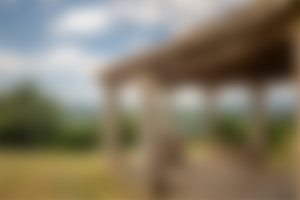
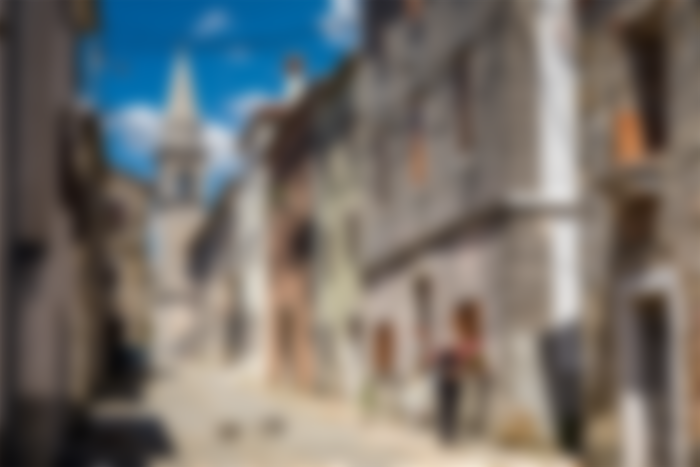
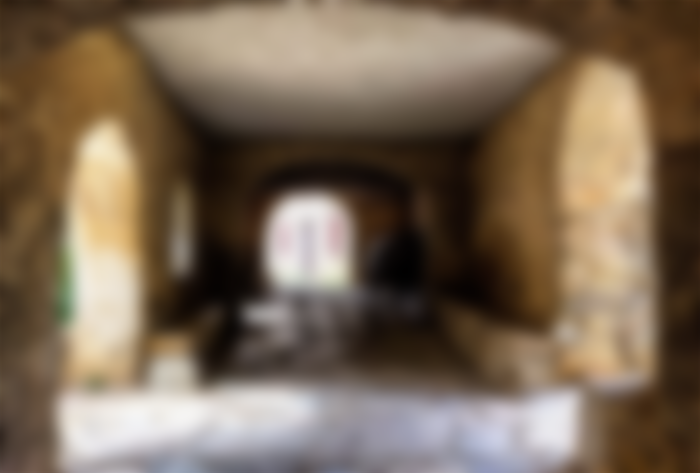
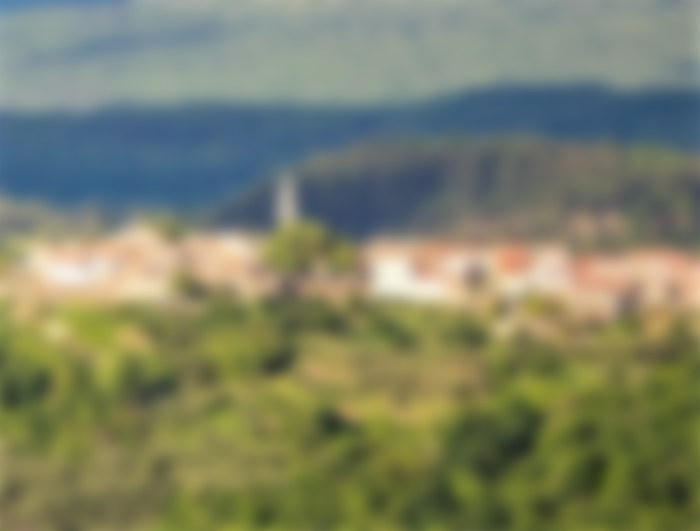
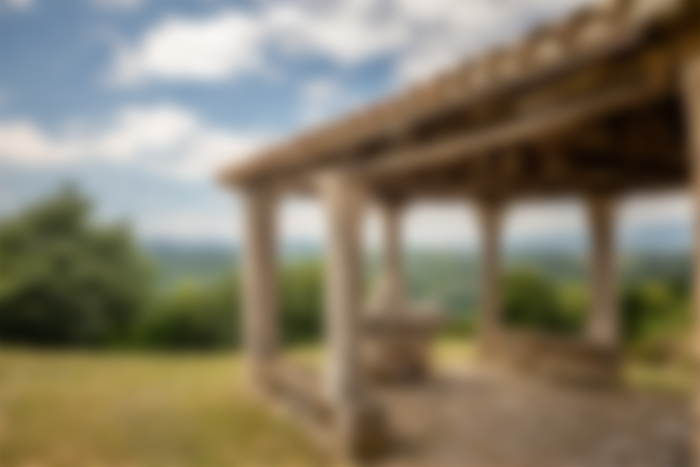
Nisam nikada cula za to mesto, ali sada, zahvaljujuci ovom clanku, jesam. Zaista interesantna istorija i prelepe fotografije